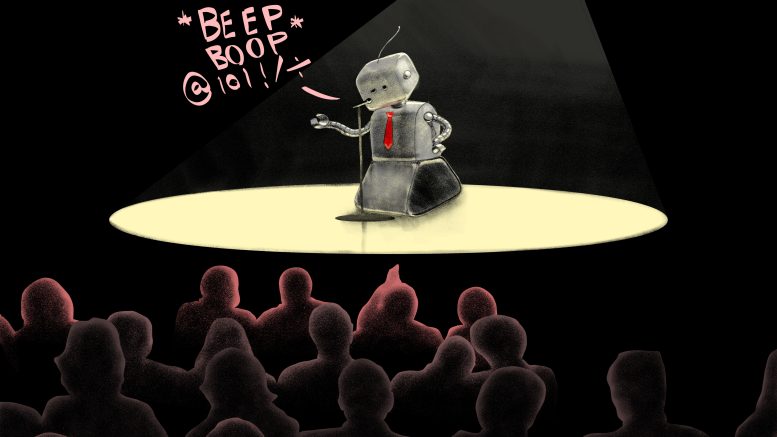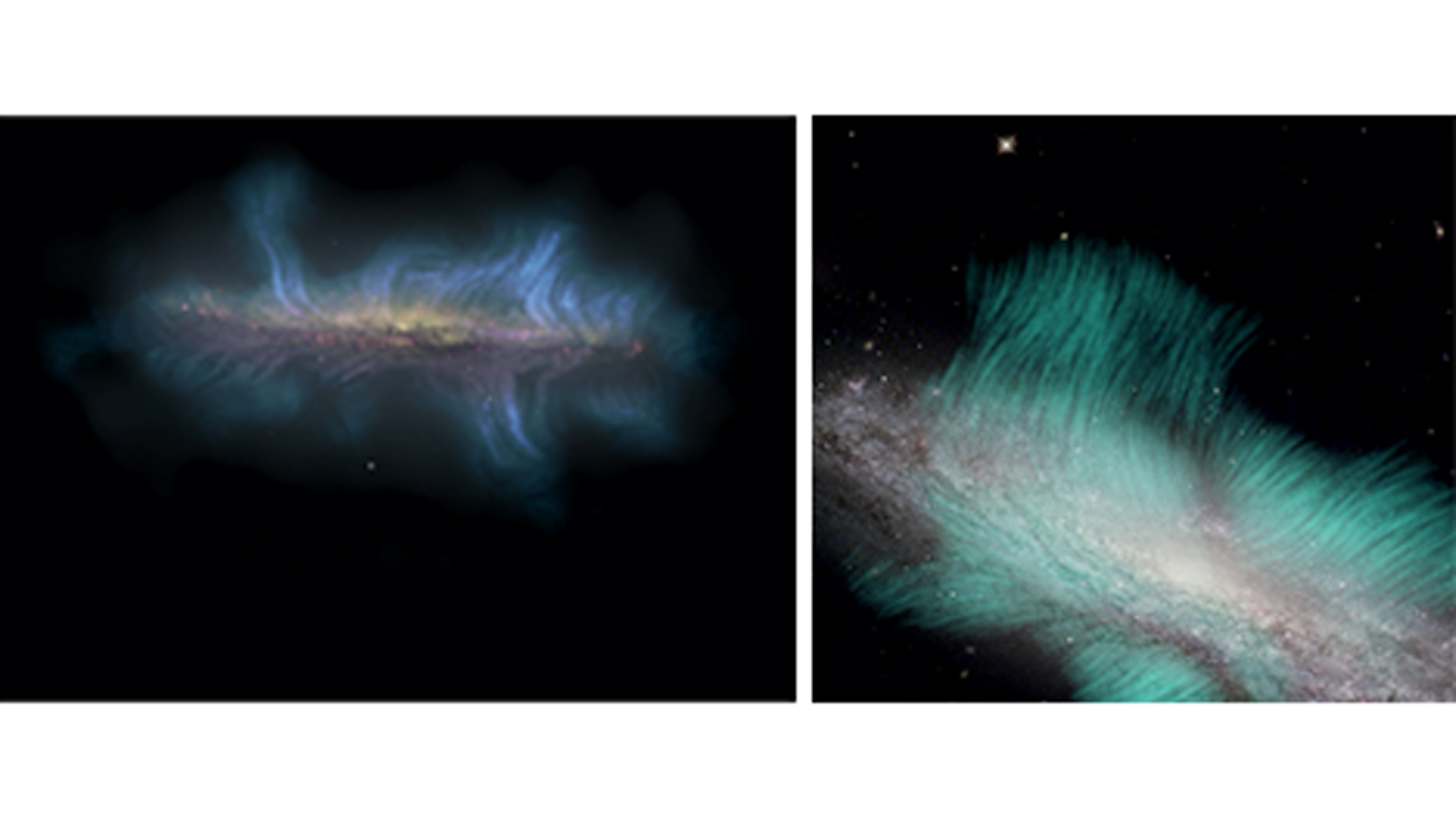Tristan Miller has always been interested in linguistics and languages.
From a young age, this fascination was sparked by a thoughtful gift from his mother — one of Willard Espy’s books on wordplay.
Delving into the pages, Miller found himself captivated by the endless possibilities and sheer creativity that language offered. As he ventured further into literature, the works of renowned authors like J.R.R. Tolkien, with his intricately crafted languages for fictional worlds, only fueled his curiosity.
Simultaneously, Miller developed a keen interest in computers at an early age and began envisioning a future where these two passions could seamlessly merge.
Miller is one of four new researchers welcomed to the U of M’s department of computer science earlier this year.
His expertise lies in computational linguistics, a field dedicated to enabling computers to comprehend, process and generate human language. Through his work, Miller delves into natural language processing and computational linguistics — bridging the gap between linguistic theory and technological advancement.
Computational linguistics encompasses a broad spectrum of applications, from information retrieval algorithms powering search engines like Google to chat systems like ChatGPT. Miller’s research focuses on leveraging computational linguistics to aid linguists in analyzing language theories and generating data for linguistic studies.
One of Miller’s notable research areas is computational humour, where he endeavours to develop algorithms capable of understanding and generating it. Humour, being inherently intertwined with language, poses unique challenges for computational models reliant on statistical patterns.
“If you’re building, say, a virtual assistant, one that you talk to, it needs to be able to understand when you’re giving a command as a joke and you don’t really want to do it. Or maybe you want the virtual assistant to cheer you up with some humour,” Miller said.
Miller’s approach involves revisiting traditional AI methods while integrating modern techniques to capture the nuances of humour effectively.
An aspect of Miller’s work involves research on translating humour across languages — a daunting task even for human translators.
“When you’re adapting a novel that contains comedy, or a sitcom, or a screenplay, you can’t just literally translate jokes,” Miller said, explaining that cultural references, wordplay and contextual nuances pose formidable challenges during translation.
While computers may not yet fully replicate human wit, Miller believes in their potential to assist translators by identifying subtleties and suggesting creative solutions.
Despite the advancements in computational linguistics, challenges persist, particularly in adapting models to handle the unpredictability of humour. Humour requires an element of surprise — a facet that conventional models struggle to capture.
“That surprise or unexpectedness is really difficult to capture in a model that’s based entirely on statistics,” Miller said.
Through his work, Miller uses a balanced approach that combines modern statistical methods with rule-based techniques to effectively address surprise in humour comprehension and generation.
When contemplating the future trajectory of computational linguistics and its societal impact, Miller underscored the importance of a nuanced perspective.
While some may fear that advanced language models will render human roles obsolete, Miller believes such concerns are premature. He emphasized the need for a collaborative approach, wherein computers augment rather than replace human capabilities.
“What we should instead be looking for is how can we best make computers and machines work together so that the computers do what they’re best at and maybe take a load off of some of the more routine but time-consuming parts of a human writer’s job or a translator’s, and still leave the essentially human aspects to the human knowledge worker,” he said.
Miller emphasized the importance of interdisciplinary learning and collaboration in this field, advocating for a blend of linguistic expertise with computational prowess to drive impactful research outcomes. He encourages a holistic understanding of linguistics and computer science, which is essential for unlocking the full potential of computational approaches in language processing.
“It’s so important not to overlook the human element when we’re talking about language processing,” he said.




